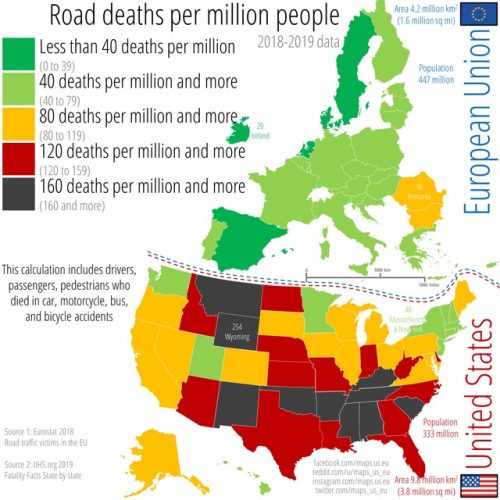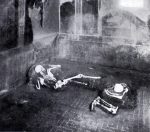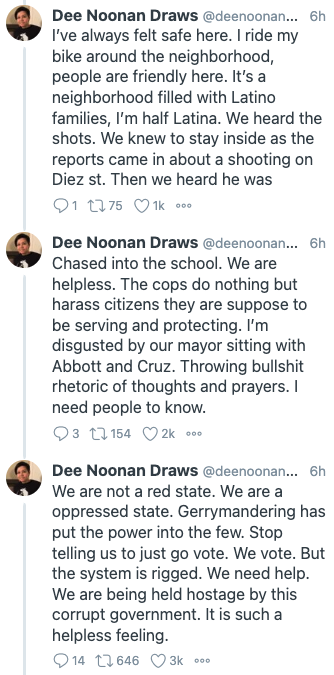This one speaks for itself.
California’s rate of gun deaths has declined by 10% since 2005, even as the national rate has climbed in recent years. And Texas and Florida? Their rates of gun deaths have climbed 28% and 37% respectively. California now has one of the 10 lowest rates of gun deaths in the nation. Texas and Florida are headed in the wrong direction.
It’s too bad that data and evidence are irrelevant to what the Republicans will do.
The red line is when Republicans ended the national assault weapons ban. pic.twitter.com/5tB3RvEkzs
— No Lie with Brian Tyler Cohen (@NoLieWithBTC) May 27, 2022
Cool.








